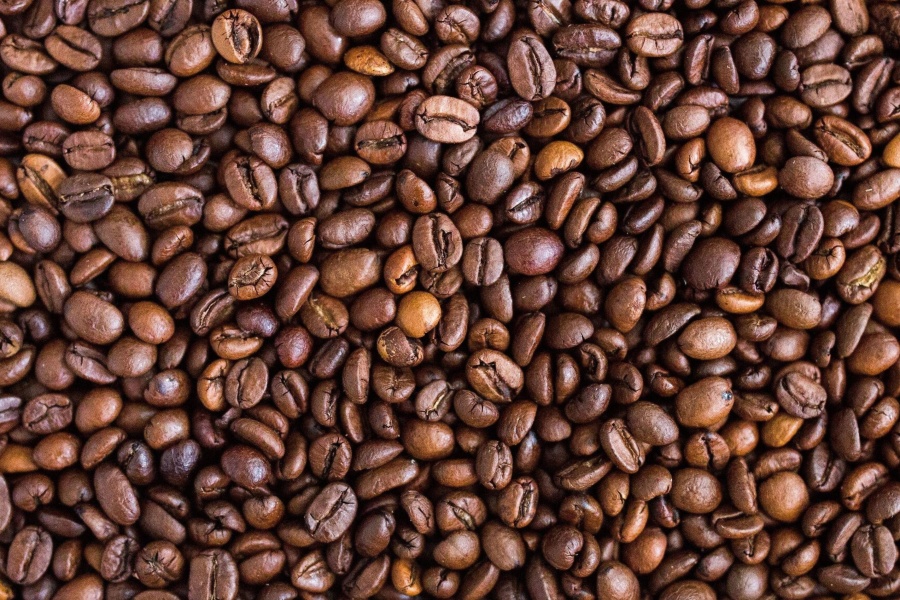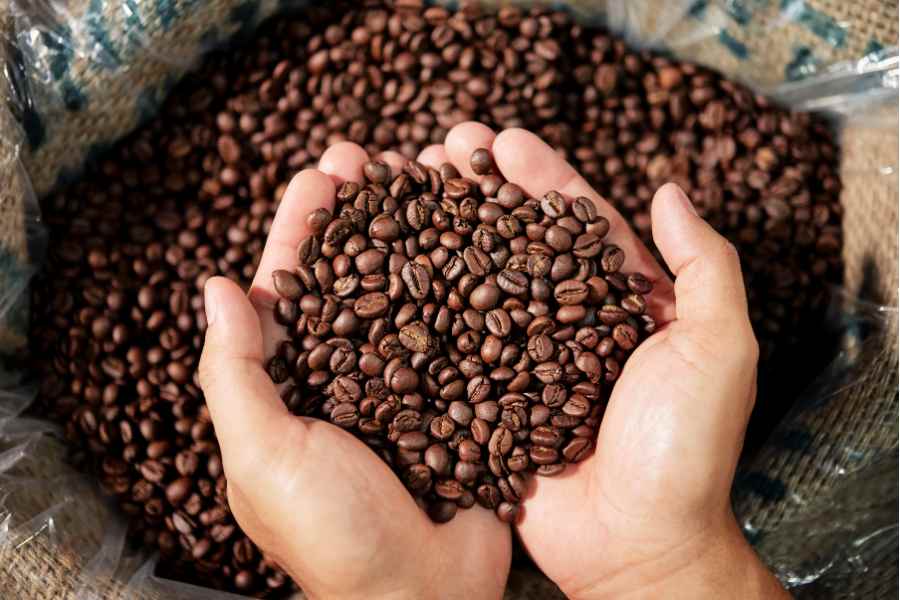
Vietnam is not only renowned as the world’s second-largest coffee exporter and the leading nation for Robusta, but it is also vigorously transforming and adding value by exporting high-quality Roasted and Ground Coffee. Vietnamese roasted coffee embodies a distinct identity—a bold bitterness, deep finish, and robust caffeine content, meeting the increasingly sophisticated demands of the international market.
The roasted coffee products are processed from premium beans harvested from the famous red basalt soil regions such as Buon Ma Thuot (Dak Lak), Gia Lai, and Lam Dong.
1. Flavor Identity: Bold, Strong, and Unique
The distinctiveness of Vietnamese roasted coffee lies in its primary raw material, Robusta, and its specialized roasting techniques.
- High-Quality Robusta: Vietnam supplies some of the world’s finest Robusta, creating a signature flavor profile: intense bitterness, thick body, and strength. Many roasters are striving to improve wet processing or Honey Process methods to enrich the flavor complexity of Robusta.
- Premium Arabica: Regions like Cau Dat (Lam Dong) supply Arabica (Catimor, Typica) with a light, clean acidity, harmonizing perfectly in blends to create diverse profiles tailored to international tastes.
- Modern Roasting Techniques: Vietnamese roasting factories invest in advanced technology (ISO, HACCP standards) to precisely control roasting profiles, ensuring uniform bean color and fully preserving the natural aroma, preventing scorching.

2. Export Potential and Diverse Processed Product Categories
Exporting roasted coffee helps Vietnam overcome the “green bean curse,” significantly increasing the value of its coffee.
To cater to the diverse palates of markets ranging from Specialty Coffee to large Commercial Coffee segments, Vietnamese roasted coffee is categorized into the following roast levels:
A. Light Roast
- Color: Light brown, dry surface, no oil sheen. Usually removed immediately after the “First Crack,” at a temperature of approximately
(
).
- Flavor: Retains most of the coffee bean’s original characteristics. High acidity, light body, with delicate aromas leaning towards fruit and floral notes.
- Application: Primarily used for Specialty Arabica (like Cau Dat Arabica) for manual brewing methods (Pour-over, Cold Brew) and popular in Nordic markets.
B. Medium Roast
- Color: Medium brown, starting to show a slight sheen, removed between the two crack stages, at a temperature of approximately
(
).
- Flavor: Achieves a perfect balance between acidity, sweetness, and bitterness. Acidity is reduced, body increases. Complex aroma with notes of chocolate, nuts, and caramel.
- Application: The most common roast level for espresso and American-style brewed coffee (American Roast). Highly suitable for Robusta-Arabica blends.
C. Medium-Dark Roast
- Color: Dark brown, surface shows visible oil. Usually removed after the “Second Crack,” at a temperature of approximately
(
).
- Flavor: Bitterness dominates, thick body, with almost no acidity. Flavor shifts to dark caramel, dark chocolate, and a slight smoky hint.
- Application: Preferred in strong coffee-loving markets like Europe (Vienna Roast) and the traditional roast level for Vietnamese Robusta used for the phin filter.
D. Dark Roast
- Color: Blackish-brown, glossy surface due to heavy oil release. Roasting temperature reaches about
(
).
- Flavor: Extremely bold and strong, intense bitterness, with prominent smoky or charred notes. Acidity is virtually eliminated, and caffeine content is slightly reduced compared to medium roasts.
- Application: Used for traditional Italian (Italian Roast) or French (French Roast) styles, often for espresso or traditional coffee requiring intensity.
3. Product Diversification and Global Standards
Exporting processed coffee helps Vietnam move up the value chain.
- Roasted Coffee Beans (Whole Bean): Packaged in bags with one-way valves to maintain freshness, serving international roasters and retail chains.
- Roasted and Ground Coffee: Powdered form, convenient for the traditional Vietnamese brewing method (phin) or modern machines.
- Instant Coffee: Vietnam is a leading instant coffee producer, with major brands playing a critical role in bringing deep-processed coffee to the world.
- Convenience Products (Capsules, Drip Bags): Capsules and drip bag products are being developed to meet the fast-paced consumption trends in developed markets.
4. Commitment to Quality and Global Compliance
To conquer demanding markets like the U.S., EU (Germany, Italy, Spain), Japan, and South Korea, Vietnamese roasted coffee adheres to strict regulations:
- Food Safety: Certified with food safety and hygiene standards such as HACCP, ISO 22000, FDA (U.S.). Special attention is paid to controlling Ochratoxin A (mycotoxin) and chemical residues.
- Sustainability Certifications: Many exported roasted coffee growing areas achieve certifications for sustainable sourcing and fair trade, such as Rainforest Alliance, UTZ, Fair Trade, and Organic (USDA, EU).
- Customization Capability: Vietnamese roasters possess the Research and Development (R&D) capability to create formulas and specific roasting profiles tailored to the requirements of importing partners.
Vietnamese Roasted Coffee is the perfect blend of long-standing farming traditions and modern processing technology, offering the world a powerful, authentic, and highly valued coffee experience.
Other articles:
Other agricultural products:

